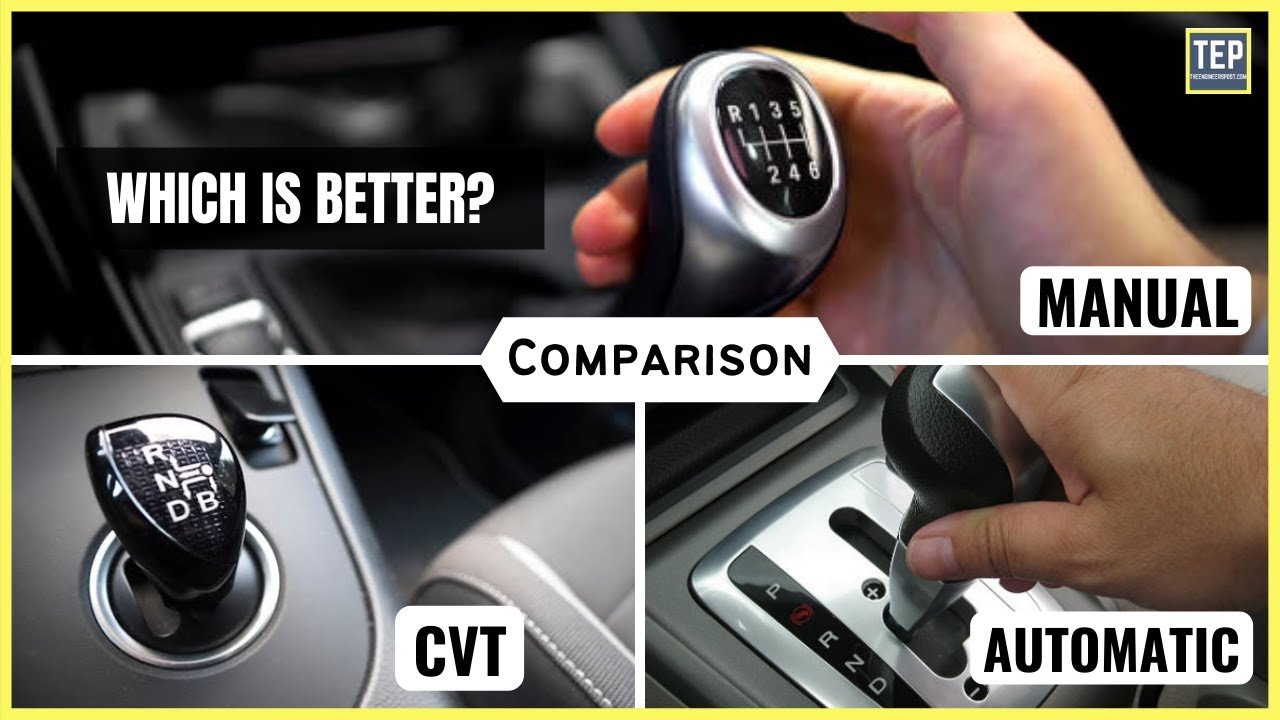When To Shift Gears For The Best Fuel Economy
Summary
TLDRThis video explores the optimal timing for shifting gears in manual transmissions to achieve the best fuel economy. The presenter emphasizes that shifting as early as possible generally enhances efficiency, demonstrated through a test comparing fuel economy across different gears. Results show that higher gears (like fifth) provide better mileage compared to lower gears (like second). The video highlights the importance of maintaining a balance between RPM and engine load for optimal brake specific fuel consumption, advising viewers to keep RPM between 1500 and 3000 when accelerating to avoid engine strain while maximizing efficiency.
Takeaways
- 😀 The best time to shift gears for optimal fuel economy is as early as possible.
- 🚗 Higher engine load at lower RPM leads to better fuel efficiency.
- 📉 Efficiency decreases when RPM increases or load decreases.
- 🔍 Brake Specific Fuel Consumption (BSFC) indicates how much fuel is needed to produce power.
- 📊 A practical test showed significant fuel economy differences across gears.
- 💡 In the test, 2nd gear yielded only 14 mpg, while 5th gear reached 34.5 mpg.
- ⚙️ Shifting to higher gears with lower RPM is beneficial for fuel economy.
- ⚠️ Low RPM acceleration can lead to engine lugging and potential damage.
- 🔄 Aim to maintain engine RPM between 1500 and 3000 for optimal efficiency.
- 🔑 Understanding the distinction between BSFC and fuel economy is crucial for driving efficiently.
Q & A
What is the main focus of the video?
-The video focuses on determining the best time to shift gears for optimal fuel economy in manual transmissions.
Why is shifting gears early generally recommended?
-Shifting early is recommended because it helps maintain high engine efficiency by keeping RPM lower while increasing load.
What are the resistive forces a vehicle must overcome while driving?
-The resistive forces include air resistance, rolling resistance from the tires, mechanical resistance from the drivetrain, and gravitational forces when driving uphill.
What is brake specific fuel consumption?
-Brake specific fuel consumption measures how much fuel is needed to produce a specific amount of power, helping to identify engine efficiency.
How does engine load relate to fuel economy?
-Higher engine load at lower RPM typically results in better fuel economy because the engine operates more efficiently under these conditions.
What was the purpose of the driving test conducted in the video?
-The driving test aimed to demonstrate the differences in fuel economy and engine load across various gears while maintaining a constant speed.
What were the fuel economy results from the test in different gears?
-The fuel economy ranged from 14 MPG in second gear to 34.5 MPG in fifth gear, indicating better efficiency at higher gears.
What is the recommended RPM range for efficient driving?
-The recommended RPM range for efficient driving is between 1500 and 3000 RPM, allowing for optimal fuel economy while accelerating.
What is low-speed pre-ignition (LSPI) and why is it a concern?
-LSPI is a condition that can occur in turbocharged engines when accelerating at low RPMs, which can cause engine damage if not managed properly.
What factors should be considered when deciding whether to accelerate in higher or lower gears?
-Considerations include the desired acceleration, engine load, RPM, and the need to avoid strain on the engine at low RPMs.
Outlines

This section is available to paid users only. Please upgrade to access this part.
Upgrade NowMindmap

This section is available to paid users only. Please upgrade to access this part.
Upgrade NowKeywords

This section is available to paid users only. Please upgrade to access this part.
Upgrade NowHighlights

This section is available to paid users only. Please upgrade to access this part.
Upgrade NowTranscripts

This section is available to paid users only. Please upgrade to access this part.
Upgrade NowBrowse More Related Video

How Manual Transmissions Work - A Simple Explanation

DASAR SISTEM TRANMISI MANUAL - PART 1 || PEMBELAJARAN DARING

Do High Gears Save Fuel - if so, how much?

Comparing Manual Transmission with Automatic & CVT [In Detail]

How Manual Transmission work (Car Part 2) Clutch - Reverse Gear - Grinding Noise

Macam-Macam Transmisi Kendaraan (Roda 4)
5.0 / 5 (0 votes)